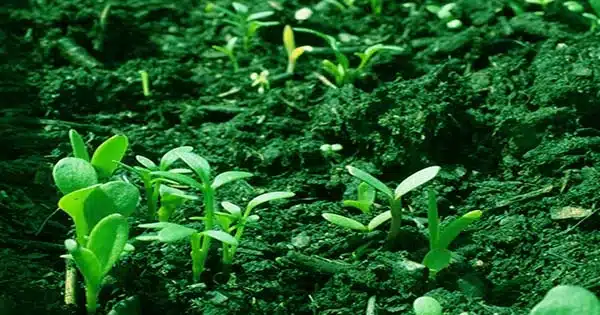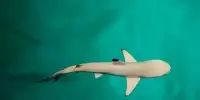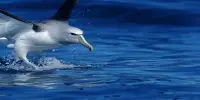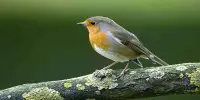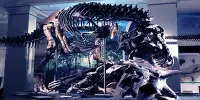Botanist William J. Beal launched one of the world’s oldest science experiments in 1879, burying 20 glass pint bottles containing 50 seeds under sand. Scientists at the same university have continued his work, reviving those seeds and discovering a hybrid plant that was most likely not intended to be a part of the experiment.
Beal wanted to help farmers by determining how long weeds could survive. With no other option, he decided to bury 50 seeds from 23 different weed species in 20 glass bottles with their mouths pointing downward to prevent water from collecting inside. Every five years, he would dig out the seeds and grow them to see if they were still alive.
This was done every five years until 1920 when it was decided to slow it down to every ten years, and subsequently to every twenty years in 1980. The 14th bottle of seeds was dug out from their covert, undiscovered location in 2021 (having been prevented from doing so the previous year owing to the epidemic), to check if they would still grow.
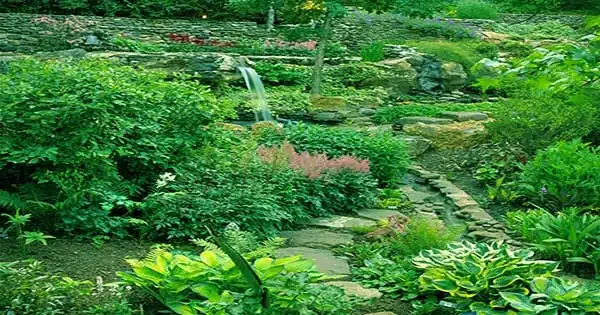
While the majority of plant species lost seed viability during the first 60 years of the experiment, the scientists discovered that a large percentage of the plants in the Verbascum genus were still able to thrive.
“The biggest surprise to me is that the seeds germinated again,” said Frank Telewski, emeritus professor of plant biology and Beal team leader, in a release. “It’s amazing that something so old can still grow.”
The team has since read the DNA of the seeds that developed for the first time (not bad for a 144-year-old experiment) and identified the plant varieties. The scientists had assumed that a hybrid had been accidentally included in the experiment, and after sequencing, they discovered that their suspicion was correct.
“The molecular genetics work confirmed the phenotypes we saw, which was that the plants were Verbascum blattaria or moth mullein, and one hybrid of Verbascum blattaria and Verbascum thapsus, or common mullein,” said Grace Fleming, an assistant professor of plant biology at Michigan State University. “Beal stated that he included only Verbascum thapsus seeds, so some mix-up must have happened while the bottles were being prepared.”
The experiment is now scheduled to expire in 2100, however, this may need to be extended if the seeds continue to demonstrate viability.
“In the 140 years since the experiment began, the question of seed bank longevity has taken on new significance, including for rare species conservation and ecosystem restoration, such as prairie plantings on former farmland,” Lars Brudvig, professor of plant biology at the University, stated.
“Our findings help to inform which plant species, like Verbascum, might be problematic weeds for a restoration project like this, and which other species may not, depending on how long a field was farmed before being restored.”
